Platelet-Rich Plasma (PRP) Glastonbury
Faster Healing, Better Results
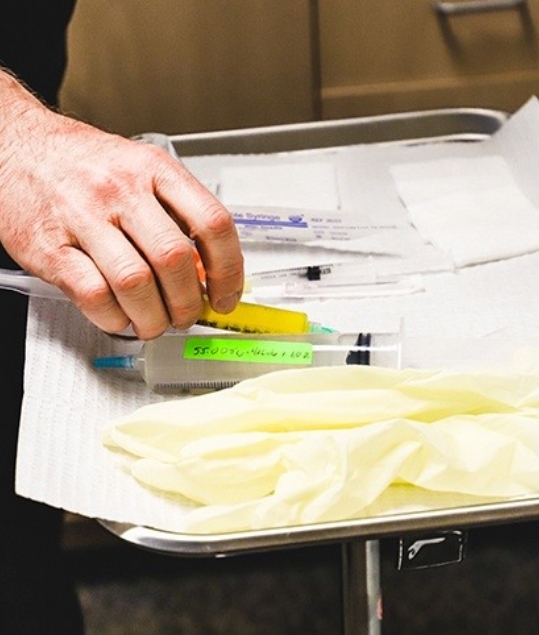
At the New England Stem Cell Institute in Glastonbury, Dr. Paul Tortland has extensive experience with platelet-rich plasma (PRP) treatments. They were among the first doctors in the United States to offer PRP, and they still lead the way in developing proprietary methods of producing PRP that can help heal a variety of injuries and eliminate pain.
Why Choose New England Stem Cell Institute for Platelet-Rich Plasma (PRP) Therapy?
- Able to Help Injured Tissues Finally Heal to Avoid Surgery
- Ultrasound-Guided Injections Ensure Effective Treatment
- Can Relieve All Kinds of Sprains, Strains, & Muscle Pain
What is PRP, and How Does it Heal My Body?
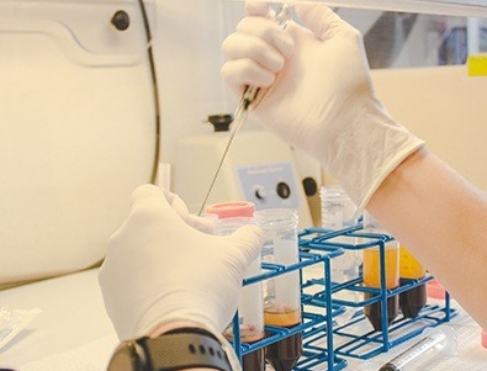
Platelets are one of several components found in your blood. When your body is injured, platelets rush to the area and stop the bleeding by making your blood clot. The platelets then do another essential job: they activate healing.
Platelets contain growth factors and healing proteins. When platelets release these substances at the site of damaged or diseased tissues, they accelerate healing by:
- Triggering the growth of new tissues
- Preventing the degeneration of healthy tissues
- Reducing inflammation
- Attracting mesenchymal stem cells to regenerate new tissue
PRP contains a higher concentration of platelets than what’s normally found in your blood. When PRP is injected into the site of damaged tissue, the concentrated growth factors go to work, stimulating tissue regeneration and repair.
How is My PRP Produced?
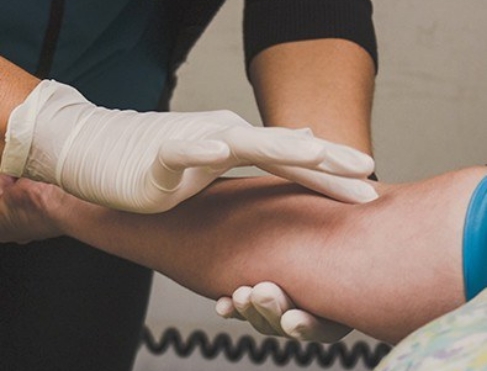
PRP is made from a sample of your own blood, so it’s completely safe. In most medical offices, your blood is processed in a one-size-fits-all centrifuge that simply separates the platelets from the other blood components. But New England Stem Cell Institute is not like most medical offices; the PRP we produce meets a much higher standard.
Dr. Tortland spent more than a year developing his own unique method for making PRP. His method allows the team at New England Stem Cell Institute to customize your PRP to meet your specific health condition. For example, treating arthritis requires a very high concentration of platelets, while tendons and ligaments respond better to less concentrated PRP.
We also test every dose of PRP so we know the exact number of platelets as well as the number and type of beneficial white blood cells that will be injected. Rest assured; you’re getting a solution catered specifically for your needs.
What Should I Expect during PRP Treatment?
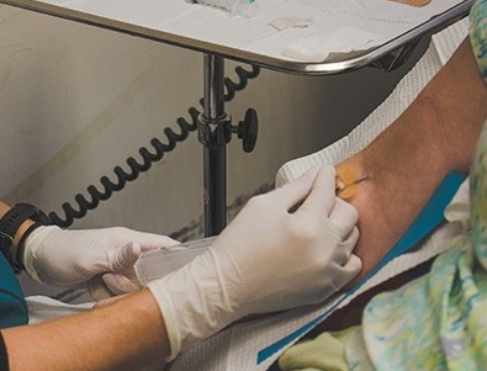
As soon as your PRP is ready, it’s injected directly into the damaged tissue. To ensure an accurate placement of the injection, we use ultrasound imaging to identify the targeted area, guide the needle to it, and precisely inject the PRP.
The number of PRP injections you will need depends on your underlying problem. You might need only one treatment for mild tendon or ligament damage, while arthritis or back pain can require three injections given about a month apart.
What Conditions Can Be Treated with PRP?
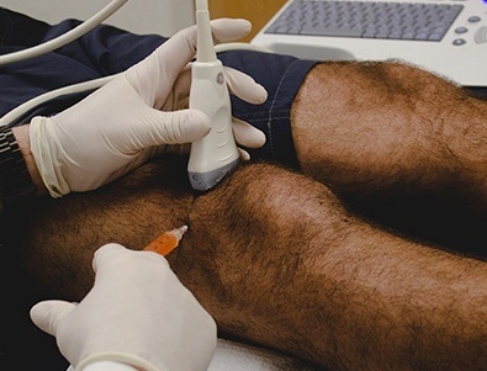
PRP is widely used to treat sports injuries, painful musculoskeletal conditions, and for aesthetic treatments like skin rejuvenation and hair restoration. Many professional and recreational athletes credit PRP with enabling them to get back in the game, and patients suffering from chronic pain find they can fully participate in life again.
A few of the conditions we frequently treat with PRP include:
- Osteoarthritis
- Rotator cuff damage
- Tennis and golfer’s elbow
- Achilles tendinitis
- Plantar fasciitis
- Joint pain
- Back and neck pain
- Sprains and strains
The team at New England Stem Cell Institute also uses PRP for:
To learn more about PRP and how it can help heal your condition, call us or book an appointment online today.
PRP Therapy FAQs
Does PRP Contain Stem Cells?
No, the PRP injections do not contain any active stem cells. Rather, PRP works by stimulating your body’s healing processes; it does so through the use of blood platelets, growth factors, and proteins. It thereby promotes the generation of new tissue.
However, PRP may indirectly involve stem cells. It may attract stem cells to the damaged area. Once they arrive, they can support the healing process that was sparked by the PRP injection.
Am I a Candidate for PRP?
If you are curious about whether PRP is right for your unique circumstances, schedule a consultation with our team. During your appointment, we will ask you about your symptoms and your medical history. We will also perform a careful exam and strive to learn about your goals for treatment.
PRP is generally classified as a middle-ground treatment, meaning that it is more powerful than things like rest and bracing, but it is not as extreme as options like surgical intervention. Our team will consider your medical condition and your personal preferences before we make any treatment recommendations.
Are PRP Injections Painful? Are They Safe?
We want to make treatment as comfortable as possible for our patients. That is why we administer a local anesthetic when giving PRP injections; you can expect to feel very little during your appointments. After the numbness wears off, you may experience some soreness and mild bruising.
PRP is considered to be quite safe. Because the injected material is taken from your own blood, there is almost no risk that you will have an adverse reaction to it. Plus, infections are extremely rare with this type of treatment.
How Many Times Will I Have to Undergo PRP Injections?
Some patients notice a significant decrease in pain during the first few weeks after their initial PRP injections. In fact, a single appointment might be all that is needed to jumpstart your body’s healing processes and help you achieve long-term relief.
Of course, some cases are more complex than others. If you have been suffering from chronic pain, you may have to visit us up to three times within a six-month period. With injections every four to six weeks, you may be able to enjoy optimum results.
